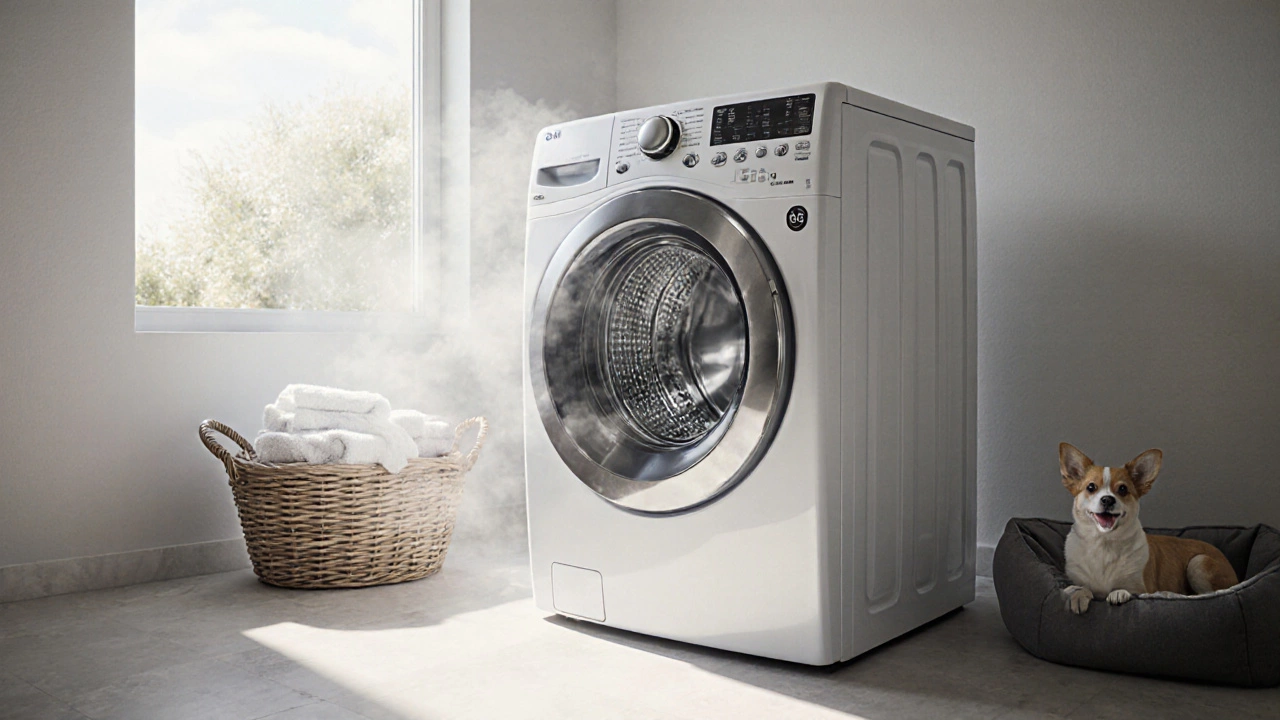When you buy a front load washer, a type of washing machine that opens from the front and uses less water than top-load models. Also known as horizontal-axis washer, it spins clothes horizontally to clean them with less water and detergent—making it one of the most energy-efficient options on the market today. If you’re tired of high utility bills or bulky machines taking up too much space, a front load washer might be your best bet. But it’s not all perks—there are trade-offs you need to know before you pull the trigger.
These machines work differently than the old top-loaders you might remember. Instead of agitating clothes with a central post, they tumble them in a drum, using gravity and a small amount of water to get things clean. That means they use up to 40% less water and 30% less energy than traditional models, according to Energy Star data. They’re also gentler on fabrics, which helps clothes last longer. But here’s the catch: they take longer to run a cycle—often 60 to 90 minutes—and if you don’t leave the door open after use, mildew can build up inside the rubber seal. That’s not a dealbreaker, but it’s something you’ll need to remember like brushing your teeth.
Another thing to consider is washing machine capacity, how much laundry a machine can handle in one load, measured in cubic feet. Most front load washers range from 3.5 to 5.5 cubic feet. A 4.5 cu ft model is perfect for couples or small families, but if you regularly wash king-size comforters or bulky work clothes, you might need 5.0 or more. Don’t be fooled by marketing claims—check the actual drum size, not just the exterior dimensions. And if you’re stacking it with a dryer, make sure you’re buying a compatible pair. Not all front load washers work with every matching dryer.
Some people think front load washers are only for luxury homes, but that’s changing fast. Brands like LG, Samsung, and Whirlpool now offer solid models under $700. You’ll find ones with steam cleaning, smart connectivity, and even apps that alert you when it’s time to clean the filter. But you don’t need all that. Sometimes the simplest model—no bells, no Wi-Fi—is the most reliable. Look for a good warranty, solid spin speed (1200 RPM or higher), and easy-to-clean drum seals.
And while you’re at it, think about how you’ll use it. If you’re running a small business from home or have a big family, a front load washer can cut your laundry time and costs over the long run. But if you’re in a hurry every morning and hate waiting, a faster top-loader might be better—even if it costs more in electricity.
What you’ll find below are real-world reviews, comparisons, and practical tips on front load washers—from sizing and energy savings to the hidden maintenance traps most people ignore. No fluff. Just what works, what doesn’t, and what you need to know before you spend your money.

Discover the top washing machines of 2025 that truly earn the title of king. Learn which models deliver the best cleaning, efficiency, and durability for real households.